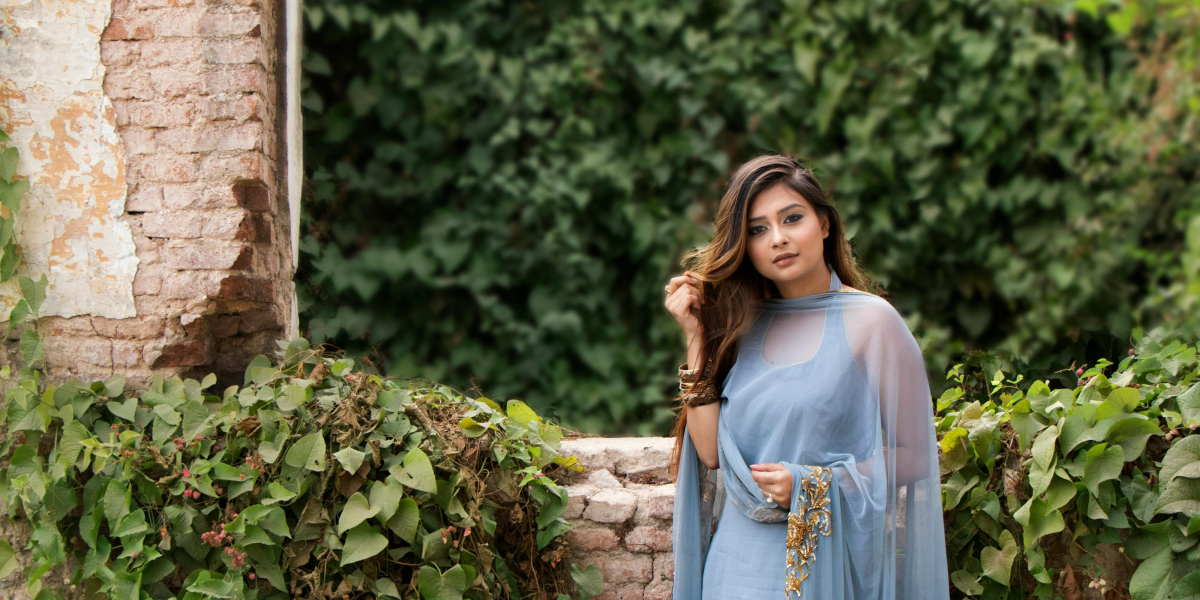Introduction
First Communion is a significant religious milestone for many Christian families, particularly within the Catholic faith. This sacred event, typically occurring around the age of seven or eight, marks a child's first reception of the Eucharist. As part of the celebration, selecting the perfect Communion dress is an important tradition that holds both cultural and spiritual significance. This article explores the history, meaning, styles, and current trends in Communion dresses, providing a comprehensive guide for parents navigating this important rite of passage.
The Historical Significance of Communion Dresses
The tradition of dressing girls in white for their First Communion has deep roots, symbolizing purity, innocence, and new beginnings. This custom reflects the broader Christian practice of wearing white for baptisms, a symbol of spiritual rebirth. The use of white attire for First Communions became prominent in the late 19th century and has remained a cherished tradition in many Christian denominations.
Historically, girls’ Communion dresses were often simple and modest, reflecting the customs of the time. However, as society has evolved, so too have the styles and materials used in these garments, adapting to contemporary fashion while still honoring their spiritual significance.
Styles and Fabrics of Communion Dresses
When it comes to selecting a Communion dress, various styles and fabrics are available to suit every child's personality and the family's preferences. Here are some popular styles and considerations:
1. Classic A-Line Dresses
A-line dresses are a timeless choice for First Communion. Characterized by their fitted bodice and flared skirt, they offer a flattering silhouette that suits various body types. Classic styles often feature lace, tulle, or satin, adding an elegant touch to the ensemble.
2. Tea-Length Dresses
Tea-length dresses, which fall between the knee and ankle, are increasingly popular for Communion. They provide a playful yet sophisticated look, allowing for ease of movement. This style can incorporate intricate lacework and delicate embellishments, giving it a unique flair.
3. Full-Length Gowns
For families seeking a more formal appearance, full-length gowns are a stunning option. These dresses often feature elaborate designs, such as intricate embroidery, beading, and layered fabrics, creating a regal look fit for the special occasion.
4. Modern and Trendy Styles
In recent years, there has been a rise in modern interpretations of Communion dresses. These may include asymmetrical hemlines, off-the-shoulder designs, or dresses with bold colors and patterns, allowing for more personal expression. Many families are embracing a blend of tradition and contemporary fashion in their selections.
5. Fabric Choices
The choice of fabric plays a crucial role in the overall look and feel of the dress. Common materials include:
- Satin: Known for its luxurious sheen, satin is often used for more formal dresses, providing an elegant and polished appearance.
- Tulle: Light and airy, tulle adds volume and texture to dresses, making it a popular choice for skirts and overlays.
- Lace: Often used as an overlay or accent, lace adds a delicate touch, enhancing the dress's romantic and traditional feel.
- Cotton: For more casual or warmer ceremonies, cotton dresses offer comfort and breathability, perfect for outdoor settings.
Choosing the Right Communion Dress
When selecting a Communion dress, parents should consider several factors to ensure that the chosen attire aligns with their child's comfort, the ceremony's formality, and personal style.
1. Comfort and Fit
Children will be wearing their Communion dresses for several hours, making comfort a priority. It’s essential to ensure that the dress fits well and allows for ease of movement, especially during the ceremony and any subsequent celebrations.
2. Cultural and Religious Considerations
Different denominations and cultures may have specific expectations regarding Communion attire. Parents should consult with their local parish or church to understand any dress codes or traditions that should be respected.
3. Budget Considerations
Communion dresses can range in price, from affordable options to designer gowns. Families should establish a budget and explore various retailers, both online and in-store, to find a dress that meets their financial considerations without compromising quality or style.
4. Accessories and Complements
The dress is just one component of the overall look. Accessories such as veils, gloves, shoes, and jewelry play a vital role in completing the ensemble. Traditional accessories often include:
- Veils: A symbolic addition that enhances the dress's beauty and represents modesty.
- Gloves: Typically white and short, gloves add a touch of elegance and formality to the outfit.
- Baskets: Some families choose to include a small basket for carrying flowers or other religious symbols during the ceremony.
Current Trends in Communion Dresses
As with any fashion category, trends in Communion dresses continue to evolve. Some of the current trends include:
1. Sustainable and Eco-Friendly Options
With growing awareness around environmental issues, many families are opting for sustainable Communion dresses made from organic or recycled materials. These dresses not only minimize environmental impact but also promote a message of responsibility and care for the planet.
2. Custom Designs
Personalized dresses are becoming increasingly popular, allowing families to create unique garments that reflect their child's personality. Custom options may include selecting fabrics, colors, and styles that resonate with the child’s preferences.
3. Inclusivity in Sizes and Styles
The fashion industry is becoming more inclusive, offering a wider range of sizes and styles to accommodate all children. This shift ensures that every child can find a dress that fits well and makes them feel special on their big day.
Conclusion
Choosing a Communion dress is an important aspect of celebrating a child’s First Communion, blending tradition, personal style, and family values. As parents navigate this special occasion, understanding the historical significance, styles, and current trends can help them make informed decisions.









